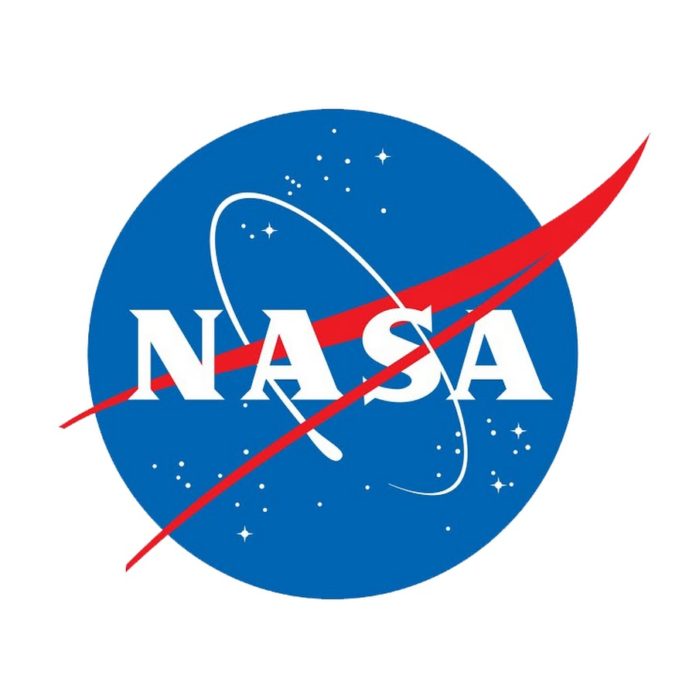Cal State San Marcos physics professor Ed Price has received two grants that will further his longstanding efforts to increase access to scientific education to students from all backgrounds.
The first is a five-year, $1.49 million grant from the National Science Foundation that will extend and expand CSUSM’s Mobile Making program, through which undergraduates in
STEM majors are dispatched to local middle schools to deliver science lessons
to mostly underrepresented students.
The second is a three-year, $480,000 grant from NASA to create an “aerospace academy” for local high school students, many of them from low-income backgrounds.
Both programs will operate through the Center for Research and Engagement in STEM Education (CRESE), for which Price is the faculty director and co-founder.
“Working in our community and working with students to whom these opportunities historically have been denied, that’s something that’s really important to me,” Price said. “And one of the things I love about being at Cal State San Marcos is that we’re in a great position to do something about that.”
The NSF grant builds on a similar one that CSUSM received five years ago that established CRESE and the Mobile Making program. The new grant continues the practice of sending STEM ambassadors into local schools to lead science experiments and other projects during after-school periods. But the additional funding will allow CSUSM to more than double (to about 30) the number of middle schools and upper elementary grades that it reaches, including in more remote school districts like Oceanside, Fallbrook and Bonsall.
As part of the grant to CSUSM, the NSF also awarded money to start up Mobile Making programs at three other California State University campuses – Fresno, Long Beach and San Luis Obispo – and Price and his team will assist with the launching of those initiatives this fall and spring. And the CSU Chancellor’s Office will help disseminate the results as a means of encouraging other campuses to adopt the program as well.
“We’ve learned a lot about how to make this work, and I think we have a good model,” Price said. “It’s proven to the point that it does make sense for other places to try it. The things that make it work here, like the power of our campus as a regional institution, that’s true of a lot of CSUs, and I think that there’s no reason that this wouldn’t work in other places.”
A co-principal investigator for the grant is Sinem Siyahhan, a professor in the School of Education. For many years, Siyahhan has run a program in which undergraduate students planning to pursue a teaching credential fan out to after-school sessions to organize activities with kids. During the pandemic, Siyahhan and Price merged their programs, and now the STEM ambassadors are accompanied on their outings by future teachers. In all, hundreds of CSUSM students will participate in the Mobile Making program during each
of the next five years.
The NASA grant was secured by Price in collaboration with Gerardo Dominguez, a fellow physics professor. CSUSM was one of only eight institutions nationwide that received a total of $3.8 million in Minority University Research and Education (MUREP) awards for the MUREP Aerospace Academy (MAA).
CSUSM’s version of this academy involves a partnership with four area high schools: San Marcos and Mission Hills in San Marcos and San Pasqual and Orange Glen in Escondido. For each of the next three years, a group of STEM majors from CSUSM will work with about 25 students from each of the sites (about 100 total) on a year-long set of activities around a common theme. The experience will culminate in a summer capstone project in which NASA will present students with a challenge problem that they will have to develop a solution for.
The theme for this school year is lunar exploration.
Price and Dominguez have several partners on the MAA program, including CSUSM’s National Latino Research Center to work with families of the high school students on college readiness, Carlsbad-based Nordson, Palomar College and a NASA-funded research collaboration called ICE Five-O (of which Dominguez is a member).
“The approach we take at CRESE is really about leveraging the strengths of our students, our relationships with the community, building off of that,” Price said. “That’s the theme in both of these programs. They’re both about giving our youth in the community a chance to engage in science and have early and successful experiences with that.”
About California State University San Marcos
Building on a 32-year history, California State University San Marcos is a forward-focused institution, dedicated to student success fueled by innovation, education and community partnerships. Located on a 306-acre hillside overlooking the City of San Marcos, it is the only public four-year comprehensive university serving North San Diego, Southwest Riverside and South Orange counties.
The university enrolls more than 16,000 students. It ranks among the national leaders in social mobility, increasing the opportunities and improving the life trajectories of underrepresented students. As a recipient of the annual HEED Award since 2014 — a national honor recognizing U.S. colleges and universities that demonstrate an outstanding commitment to diversity and inclusion — CSUSM is committed to creating a diverse and inclusive environment.


















